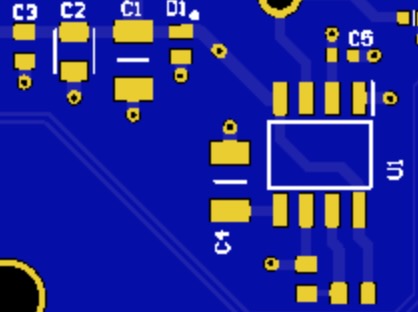Exact Measurement? For Innovation, and Progress
A coherence-based Noise Reduction System, approaches a time-independent reference, or exact standard, for the measurement of time. Download summary of scientific research here.
Computer Mediated Communication:
How To Overcome Its Limitations

Areas of Application of Coherence Technology Pdf download here: https://www.upgradingtechnology.com/support-files/areasofapplication.pdf
Computer Mediated Communication (CMC) refers to any communicative transaction that occurs through the use of two or more networked computers. In the modern world, with growing digitalization, it has become an inseparable part of our lives, providing us with ease in communicating and sharing information.
Examples of CMC are abundant, including email, social networking platforms, instant messaging apps, video conferencing software, online forums, virtual team rooms, and many others.
The benefits of CMC are quite comprehensive. It allows for faster, more efficient communication between individuals, eliminating geographic barriers and providing a platform where all participants, regardless of location, can interact real-time or asynchronously. CMC also enables the transmission of multimedia content, allowing greater expressiveness and a more vastly informative communication. Also, it facilitates working in groups, improving teamwork and collaboration, especially in remote working scenarios.
However, like most technologies, CMC has its limitations. Miscommunication is quite common due to the lack of non-verbal cues and tone of voice. Furthermore, the depersonalized nature of CMC could lead to disinhibition, where some individuals behave more extreme or offensive online than they would in person. Also, technical issues such as network errors and software glitches could disrupt communications.
Despite these challenges, improving these technologies is paramount to enjoy better communication, fewer mistakes, and greater ease in reaching our goals. Technological advancement can help develop features to mimic non-verbal signals or to perform sentiment analysis to add context to messages. Developing reliable and robust software and infrastructure is another focus area to mitigate technical disruptions.
CMC could be upgraded to reduce stress and promote innovative thinking.
Improvements in computer-mediated communications could change the way we work and live. For instance, research suggests that the application of advanced CMC technologies could increase our EEG brain coherence, which signifies more orderly and integrated brain functioning, and could promote innovative thinking and problem-solving skills.
Moreover, refined CMC could reduce the experience of stress, strain, and information overload often associated with the overuse of technology, ensuring healthier and more productive use. With efficient CMC, information could be better organized and streamlined to prevent information overload.
Enhanced CMC could also foster a more accommodating work environment. By introducing advanced features like AI-driven personal assistants or real-time language translation, the communication can become more streamlined, providing greater comfort and fluidity in the workplace.
The future of CMC is promising. As technology continues to grow, our communication will become increasingly efficient and effective, catering not only to our professional world but also enriching our everyday lives. Through unceasing innovation, CMC has the potential to revolutionize our interaction with the world.
CMC products and services can be upgraded today with the Coherence Hassle-free Innovation Program™ (CHIP). This new upgrade reduces measurement uncertainty to help overcome the limitations of CMC, in order to provide a more true-to-life experience. To find out more about this innovative way to improve the overall quality of our CMC Click here.